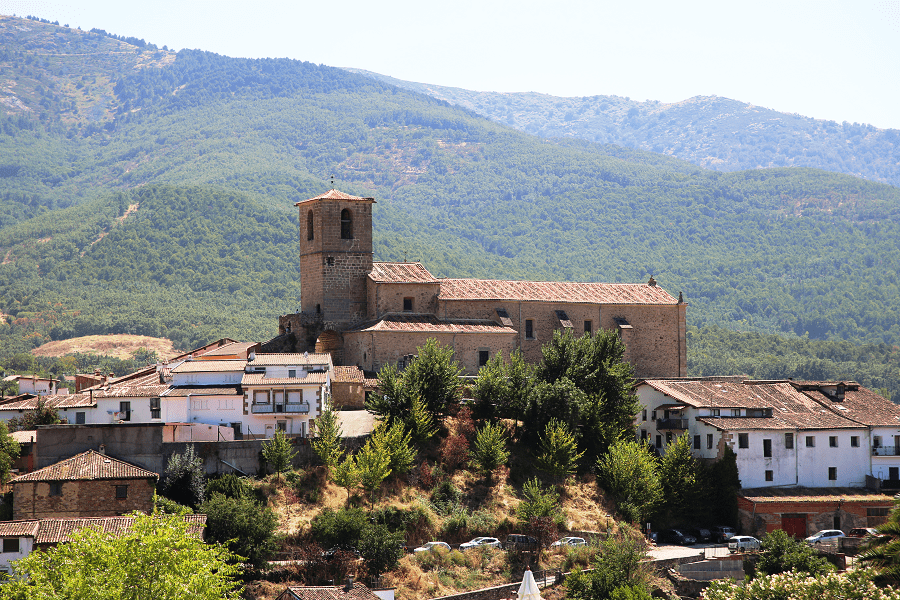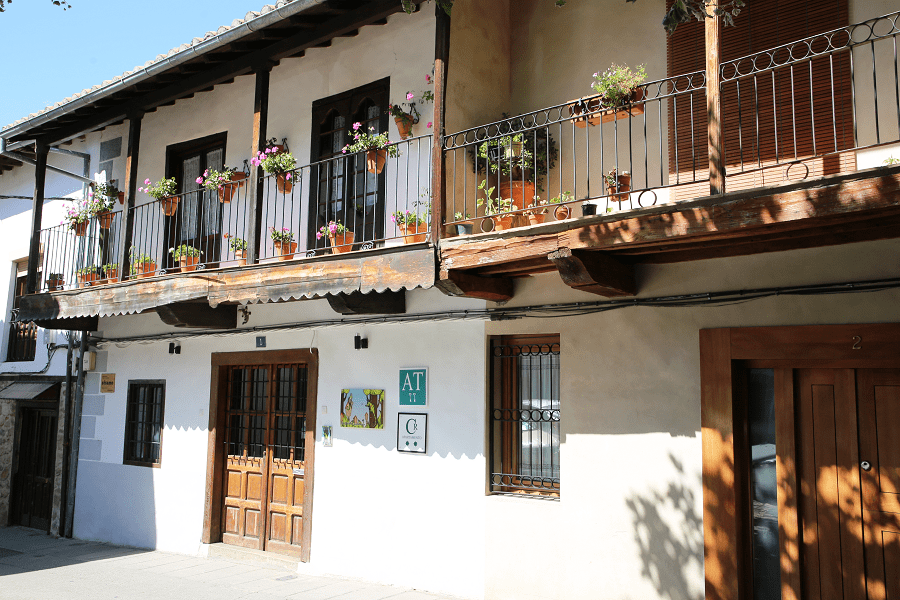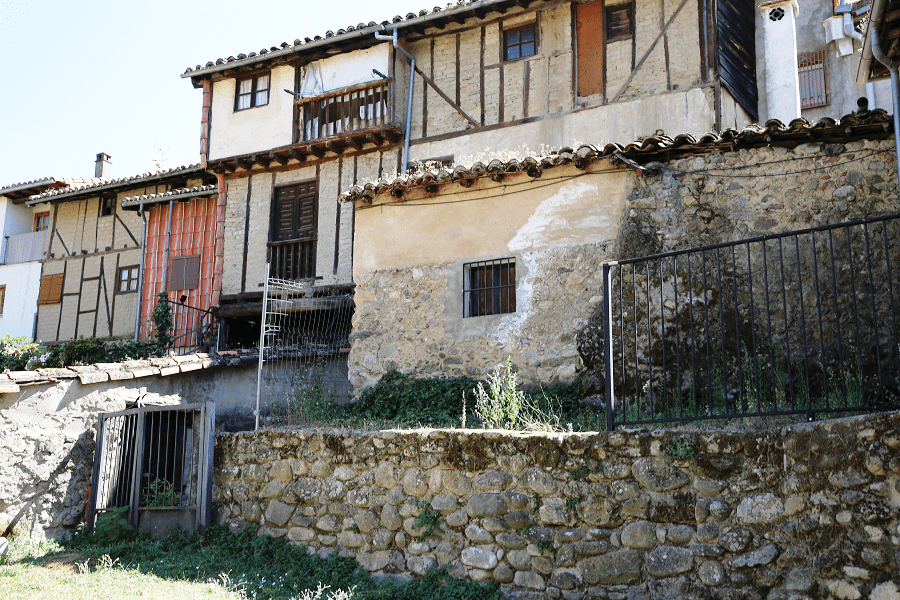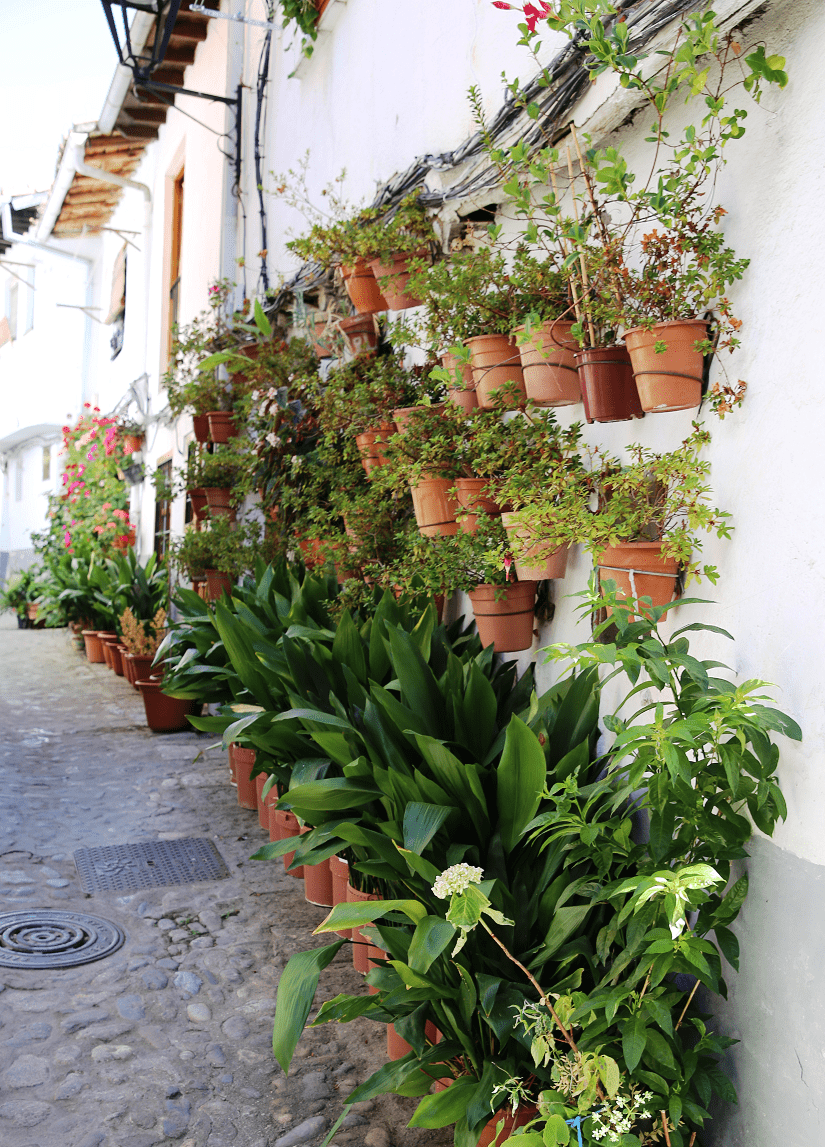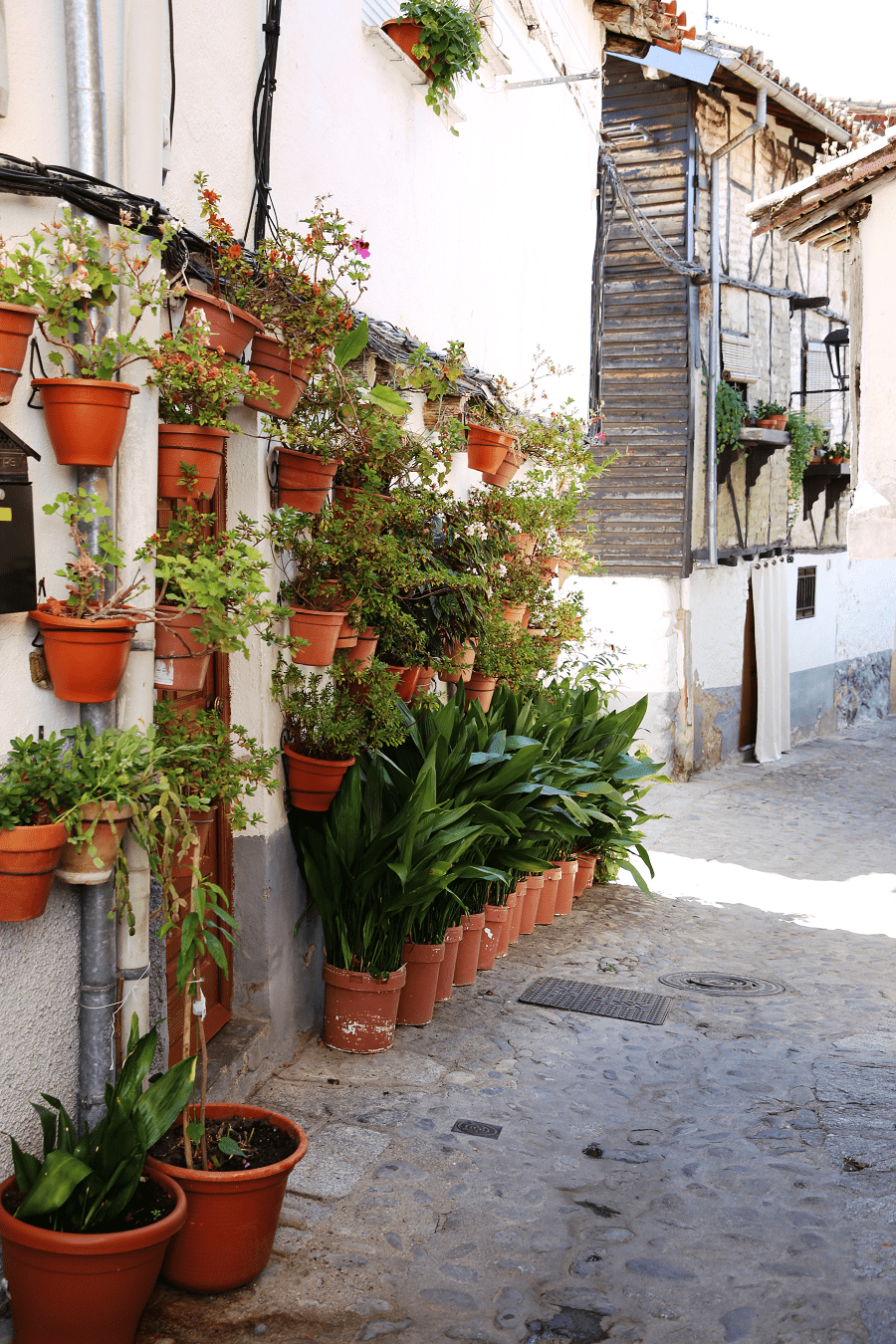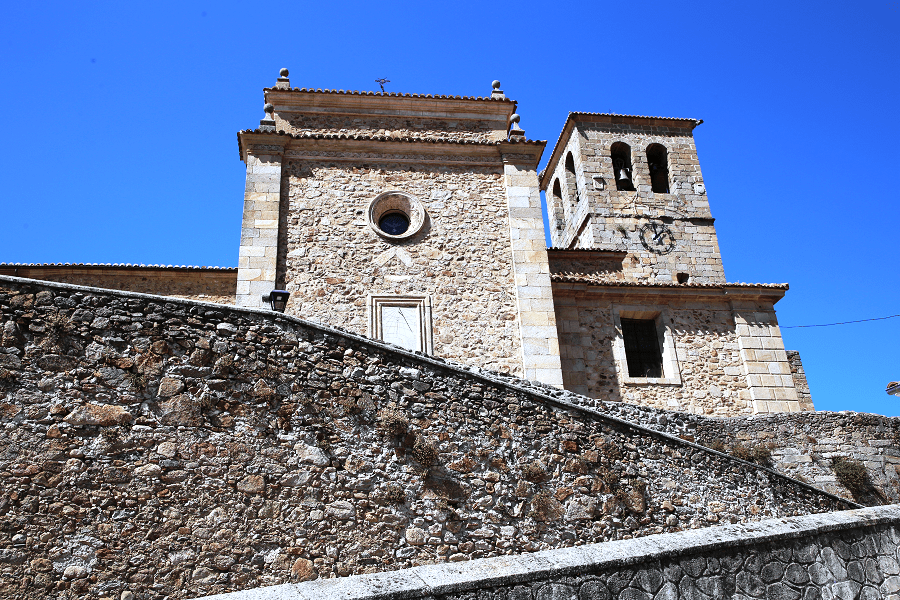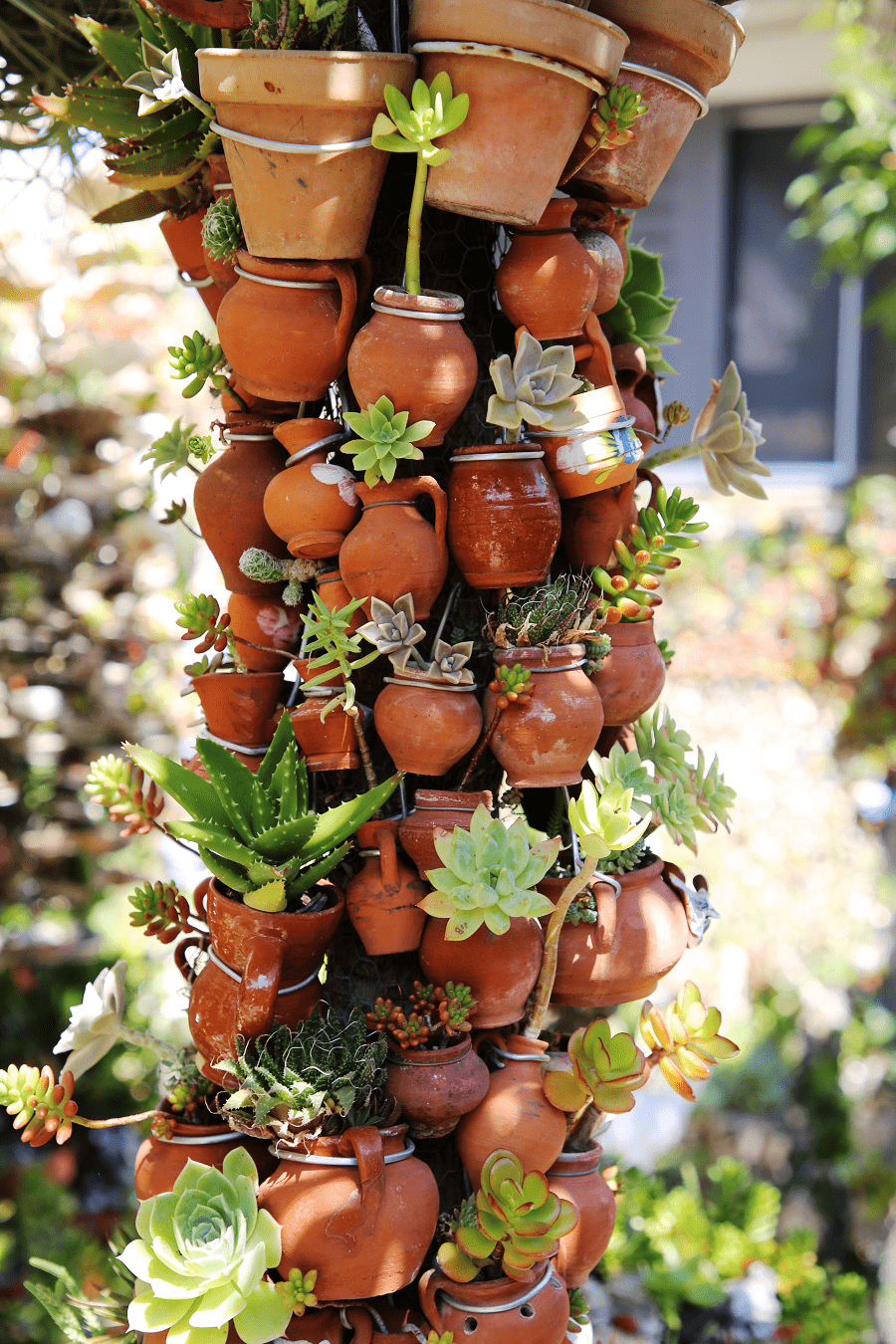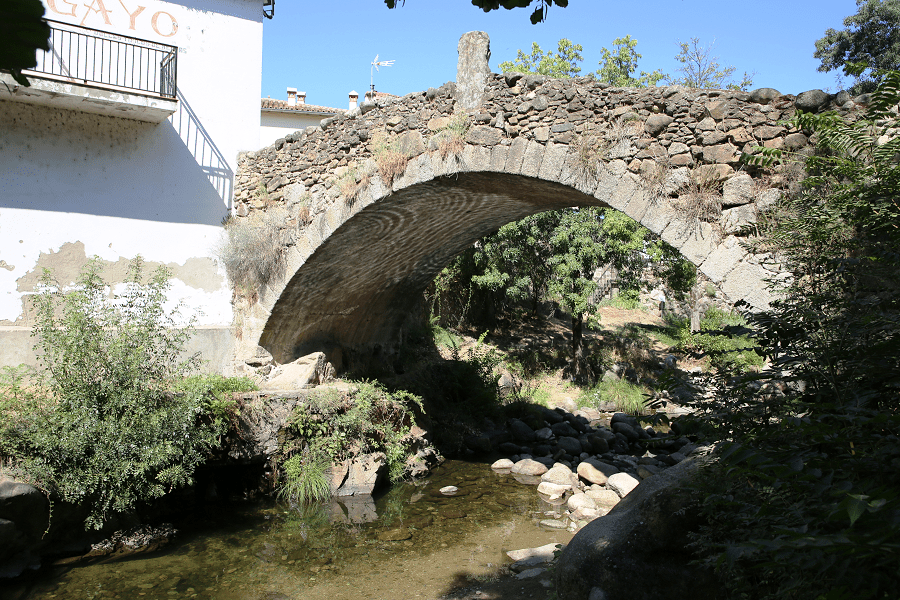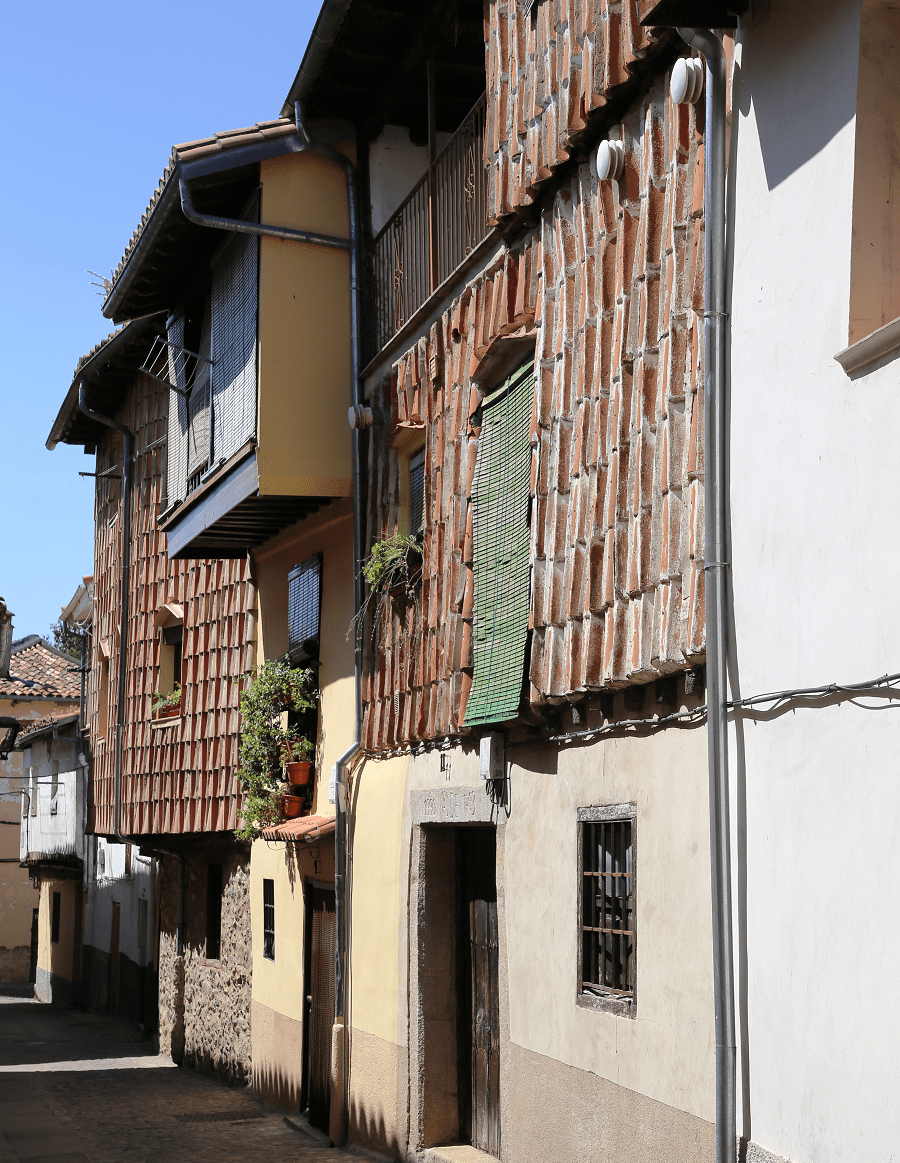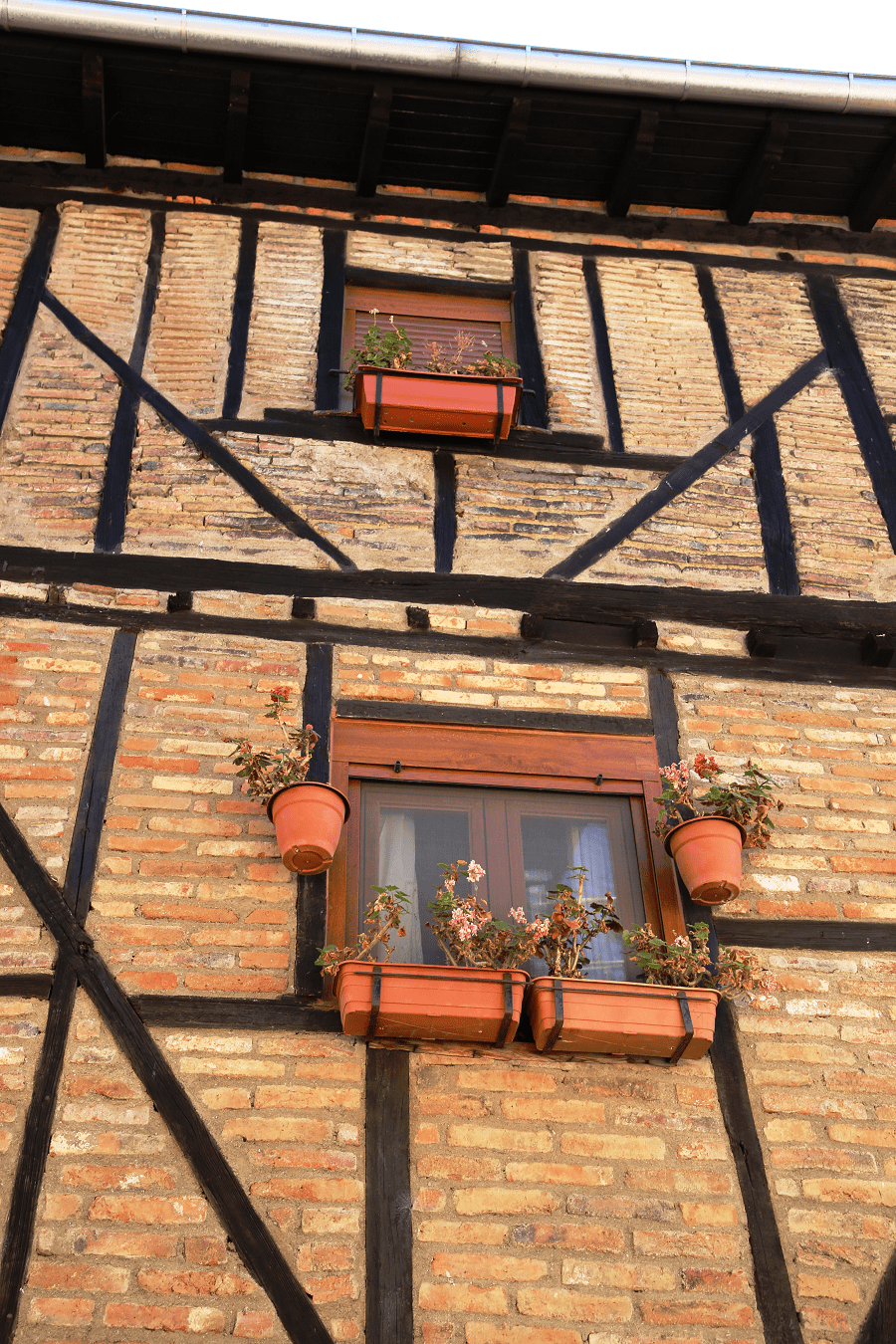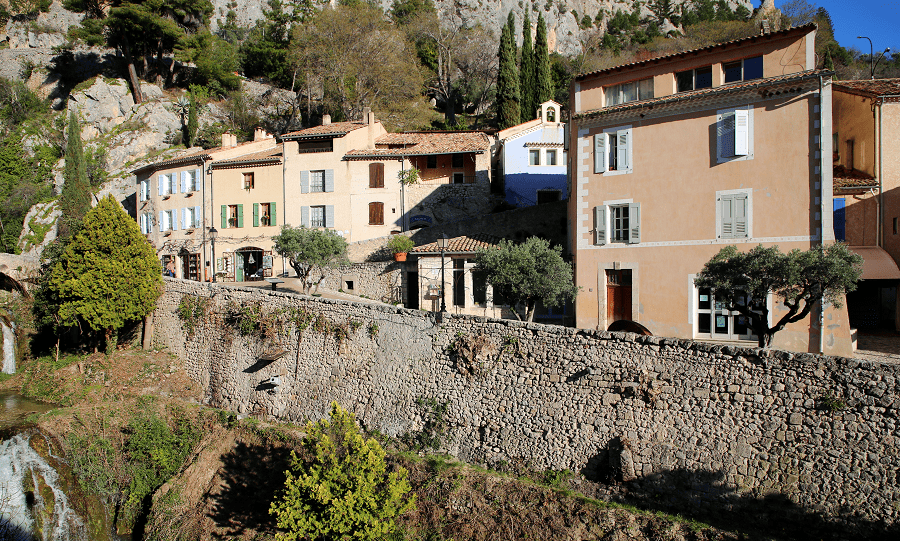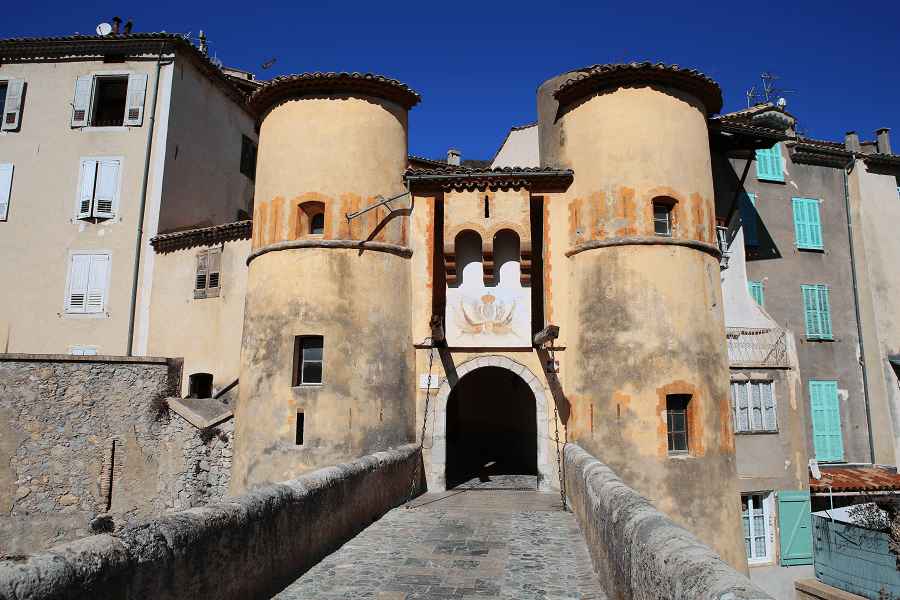Hervás is a municipality and city in the province of Cáceres, in Extremadura, whose capital is the homonymous town (Spain). It is the administrative and commercial center of the Valle del Ambroz community and the most populated municipality in this natural region. It enjoys a mild continental climate, with hot summers and cold winters.
The town belonged to the Salamanca city of Béjar until 1816, when it was granted the title of town. Until 1833 it did not belong to the province of Cáceres.
The town is famous for its Jewish quarter.
Tourism and main attractions
Jewish quarter
Starting in the 15th century, various families of Jewish origin settled in Hervás. As a result of its permanence in this city, today known as the Jewish Quarter was created, a set of buildings of the time, preserved, in some cases, as they were originally, which can be found in the lower area of the town, the closest to the Ambroz river. It is this area that has given this city the most fame.
Declared a historical-artistic complex, walking through its streets is to immerse yourself in a bygone era, although alive and real. Its narrow streets, with steep slopes and some passageways give rise to large and irregular blocks, made up of adobe and wood houses plastered with tile. Thus all the corners are unique and the whole, unrepeatable. It’s one of the best preserved Jewish quarters in Spain. It is included in the Network of Jewish Quarters of Spain.
Castle
The Castle of Hervás is a defensive building and its origins date back to the 13th century. It is located in the highest part of the city, in the foothills of the Sierra de Gredos. Because the “Church of Santa María de Aguas Vivas” was built on the foundations of the castle, it is often known by the same name as the church.
Religious heritage
Church of San Juan Bautista. Two singular buildings stand out as a whole: the parish church of Santa María and that of San Juan Bautista, today a parish, formerly a convent of the Trinitarians.
The church of San Juan Bautista, to the southeast of the Villa, belongs to the old convent of the Trinitarian Fathers founded by Juan López Hontineros and María López Burgalés in 1664. The façade bears a broad similarity to the doorway of the church of San Nicolás in Valladolid, formerly of the Barefoot Trinitarian Fathers.
The main and lateral altarpieces of the transept must be particularly noted. They are 18th century baroque, of excellent gilding and general quality.
The church of Santa María, or Santa María de la Asunción de Aguas Vivas, is located at the highest point of the town, which will occupy by strategic privilege the old castle or fortress mentioned above, as evidenced by remains of the wall that partly surround the church and the oldest part of the tower.
The main doorway, to the south, of stonework and classicist lines from the first decade of the 17th century, with many Mannerist elements, stands out for its artistic interest.
Civil buildings
Palace of the Dávila. Another interesting building is the palace of the Dávila in the 18th-century baroque style, which currently houses the museum of the sculptor Enrique Pérez Comendador. In its rooms the visitor finds a good part of his sculptural production and the painting of his wife, the French painter Madeleine Leroux (1902-1984).
The building owes its name to the family to whom it belonged until its transformation into a museum since it was the residence of Doña María Dávila García-Cañas until 1959.
The seat of the current City Hall, occupies the old infirmary of the Franciscan monastery of La Bien Parada; It is a late 17th or 18th century construction. The exterior façade and the interiors of the hallway are lintelled, made of stonework, with different ornamental solutions. The interior courtyard is interesting, square, small but very harmonious, with eight Tuscan ventruded stone columns on high prismatic plinths.
The Hervás Motorcycle and Classic Car Museum. The first museum of its kind in all of Europe is to admire its unique architecture, as well as its location, and its extensive private collection of classic cars and motorcycles.
The Cactus garden is also very interesting for visiting.
Cuisine and the best restaurants
Hervasese gastronomy is rich and varied, with notable influences from the Arab and Sephardic cultures, as well as influences from pastoral and livestock life, especially in the most homemade gastronomy.
Some dishes have ingredients with the Extremadura designation of origin, such as Iberian pork, veal, lamb, oil, paprika, wine, cheese and cakes, cherry and honey.
There are two Michelin list restaurants in the city:
- El Almirez, Collado 19, 20 – 40 EUR • Traditional Cuisine
- Nardi, Braulio Navas 19, 30 – 44 EUR • Traditional Cuisine
Festivals
The first festival of the year is the day of San Antón, January 17. It is celebrated in the hermitage of the saint, where people go to bless the animals after mass. After that, it is a tradition to eat the San Antón bun, made up of a round bread that contains a chorizo omelette.
Holy Week: once the classic carnival has passed, the religious celebrations with processional parades continue, as in all Spain. On Easter Monday and Tuesday, locals eat the traditional hornazo and sweets.
Patron Saint festivities of Cristo de la Salud: from September 14 to 17, the festivities of Christ or the September festivities. They are the most beloved festivals by the people of Hervás and are in honor of the Santísimo Cristo de la Salud, patron saint of the town. Previously, they are celebrated with a novena from the 5th to the 13th in honor of Christ.
The festivities take place in the hermitage that is located on the outskirts of the town, next to the bullring, in the middle of the chestnut grove. After mass, fish and cod are eaten in the broom huts that are in the surroundings, before continuing with wines through the town.
Cow or Bull of Fire: in both the August fairs and the September patron saint festivities, a popular festival is held in the town square (Plaza de la Corredera), during which the famous bull of fire appears on the scene. A brass cow that runs around the square while the fireworks of flares and rockets that it carries, makes the delight of visitors and locals.
How to get to?
Distances from the main cities of Extremadura:
From Mérida 1 hr 42 min (183 km) via A-66
From Cáceres 1 hr 10 min (113 km) via A-66
From Badajoz 2 hr 10 min (204 km) via N-523 and A-66
From Plasencia 29 min (38.5 km) via A-66
From Madrid 2 hr 46 min (286 km) via A-5
Main information
Area: 59 sq. km (municipality)
Coordinates: 3 40°16′26″N 5°51′57″W
Population: 3 957
Languages: Spanish
Currency: Euro
Visa: Schengen
Time: Central European UTC +1



